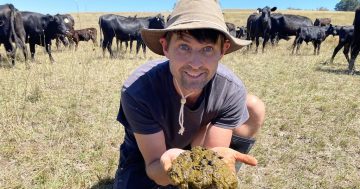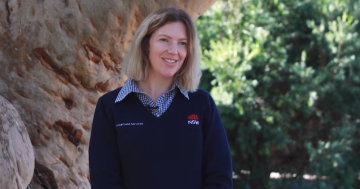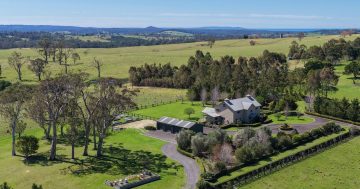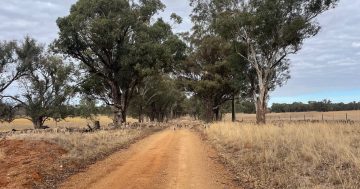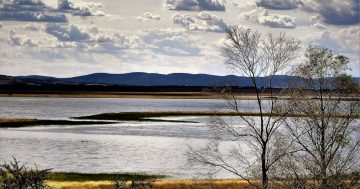 The Department of Primary Industries and Regional Development (DPIRD) is reminding landholders across the Grainbelt to take steps to reduce soil erosion following the strong winds of recent weeks.
The Department of Primary Industries and Regional Development (DPIRD) is reminding landholders across the Grainbelt to take steps to reduce soil erosion following the strong winds of recent weeks.
Senior Research Scientist at the Department, Paul Findlater said it was important to maintain ground cover over the summer and autumn months to prevent valuable topsoil from being blown away, reducing the yields and quality of future crops and pastures.
“Harvest is nearly complete in most areas so paddocks have either standing stubble or dry pasture cover,” Mr Findlater said.
“The Department recommends landholders aim to have at least 50 per cent stubble or pasture groundcover, of which about 30 per cent should be anchored in the soil by the beginning of autumn to prevent soil from being picked up by the wind.”
He said areas where there had been fires, stock camps and high machinery traffic, as well as the tops of sandy rises, might also be vulnerable.
“For areas more vulnerable to wind erosion, it is important to minimise soil destabilisation by keeping vehicles, machinery and stock off paddocks to prevent soil disturbance and further loss of soil cover,” Mr Findlater said.
“Protecting the soil cover now has benefits down the track including improved rainfall infiltration, reduced soil water loss, improved soil organic matter and soil structure and protecting seedlings from sand blasting in the upcoming season.”
He said livestock feed and water management would be critical in coming months, with many growers already providing supplementary feeding.
Mr Findlater said producers needed to be mindful of stocking rates and feed budgeting to manage paddock grazing pressures and ensure there was adequate coverage on pasture paddocks.
“It is also important to keep stock off vulnerable paddocks by considering confinement feeding and feed-lotting, while producers could also assess the cost-benefit of agisting or selling stock before both stock and paddocks lose condition,” he said.


